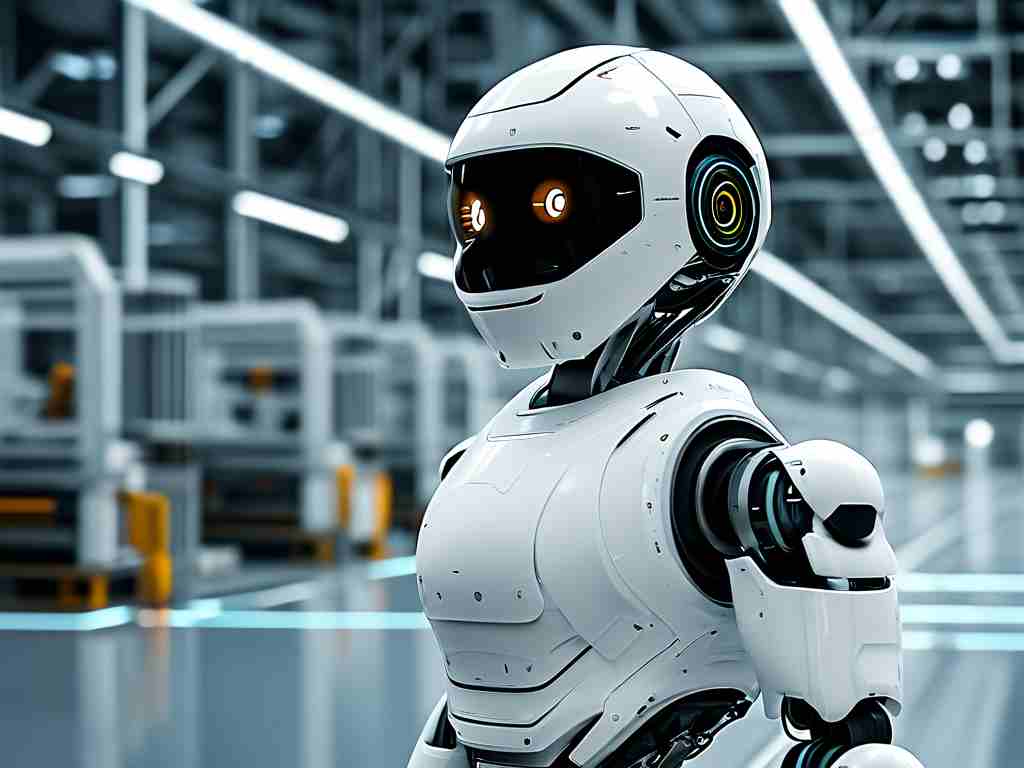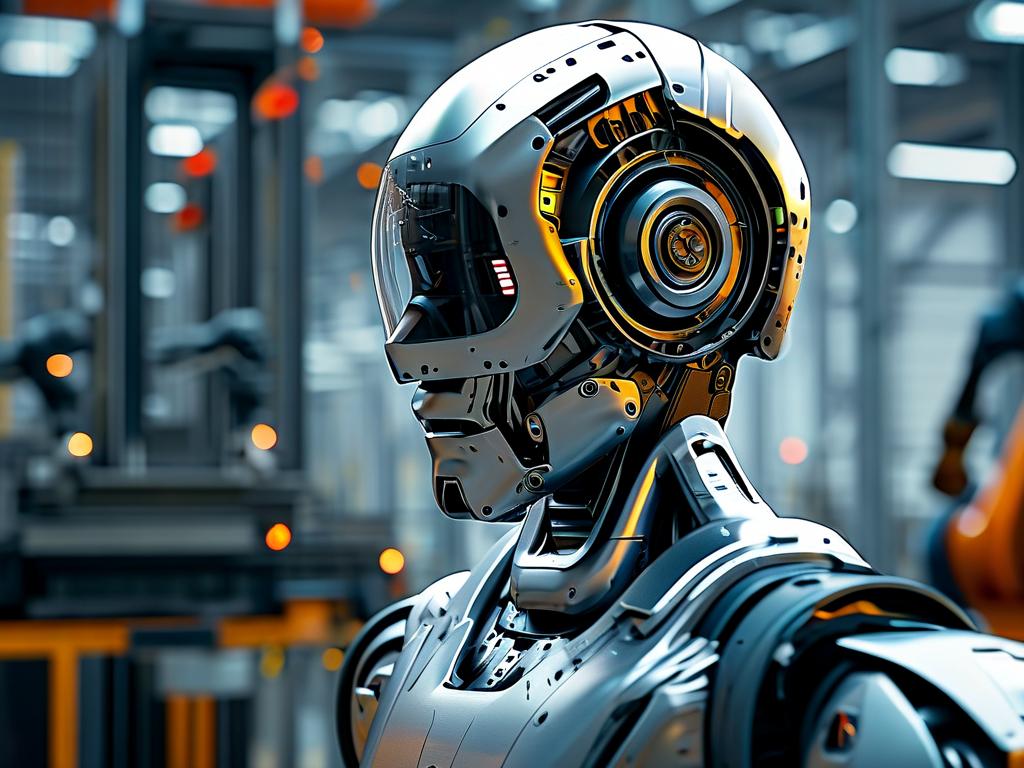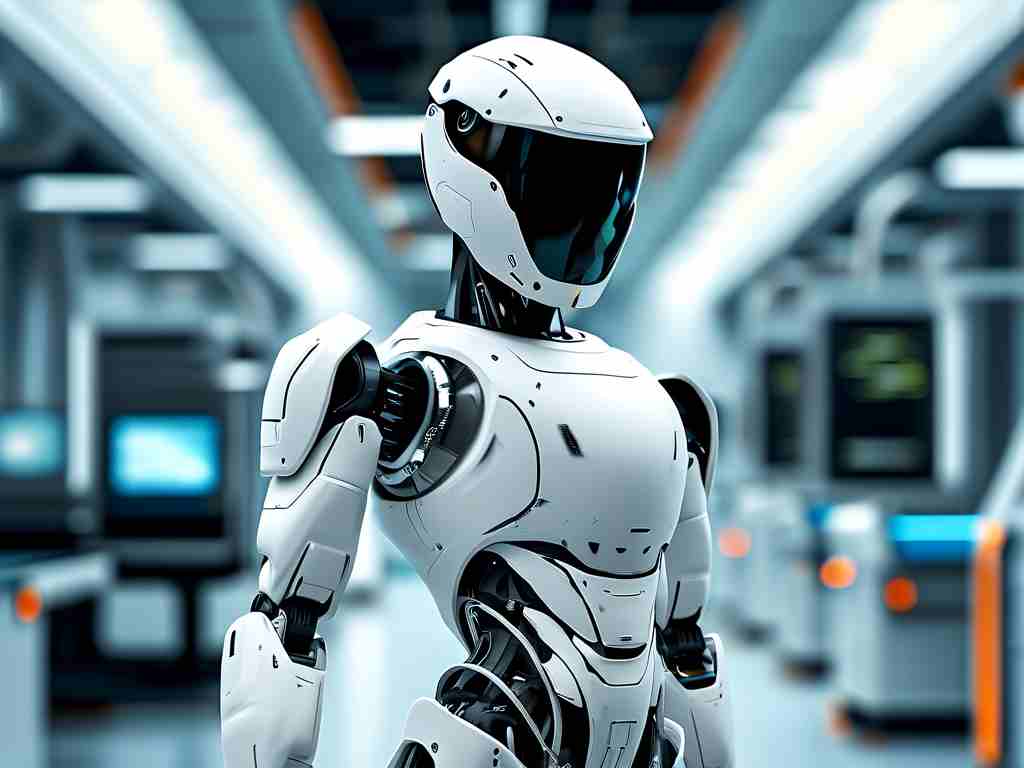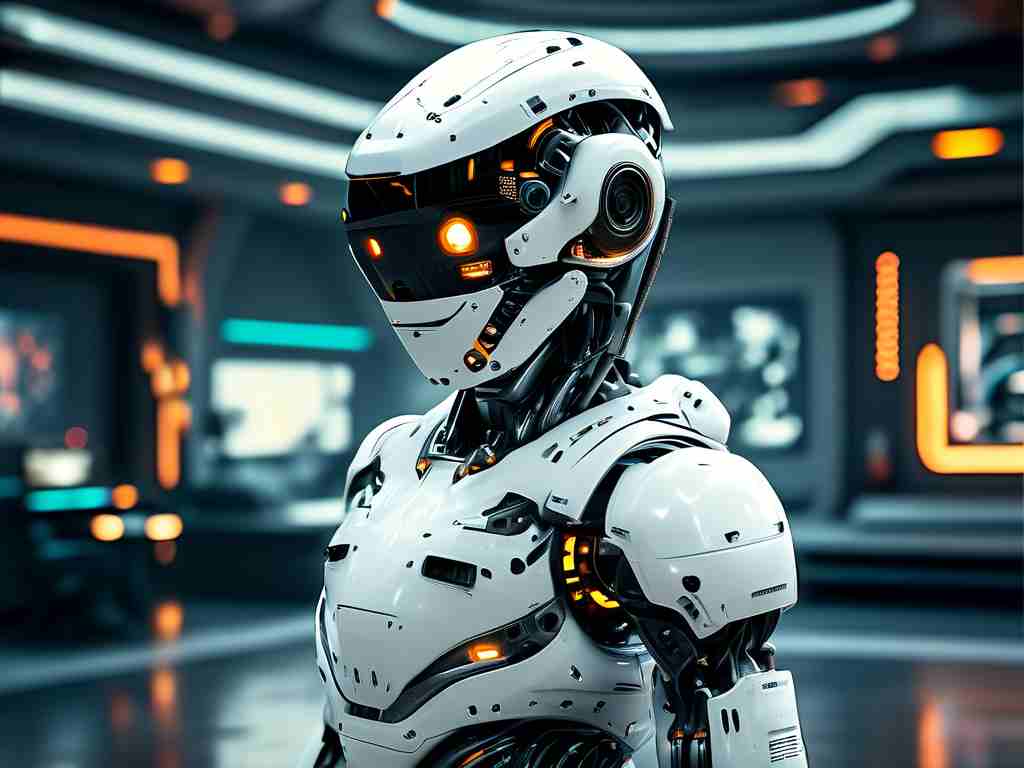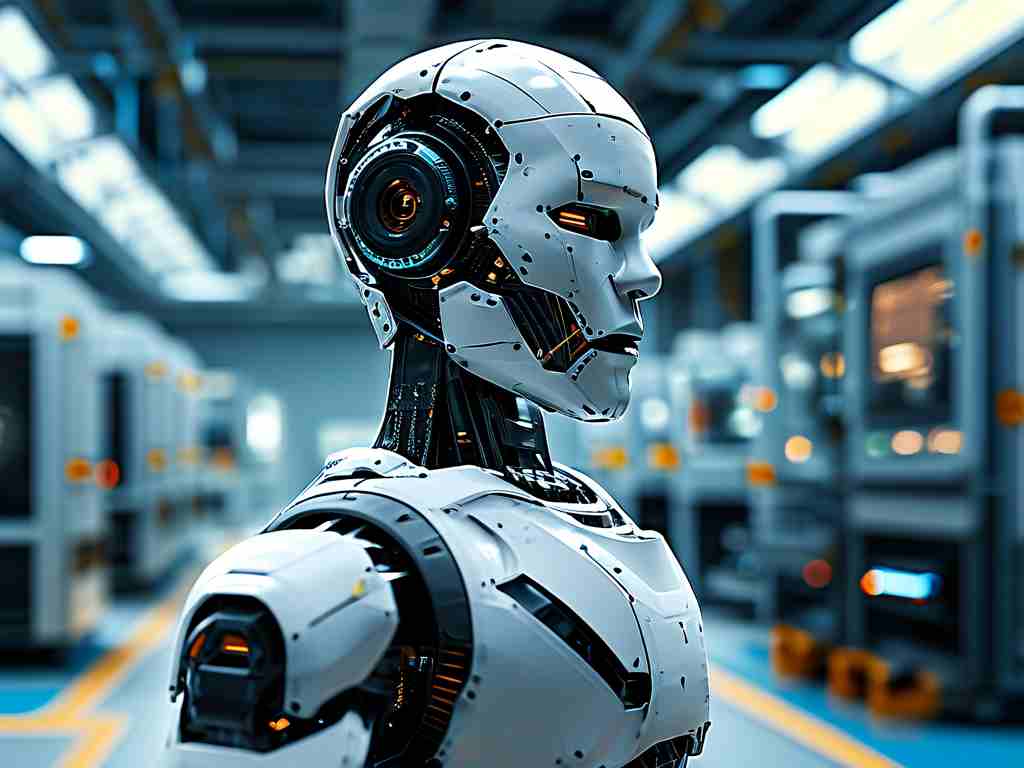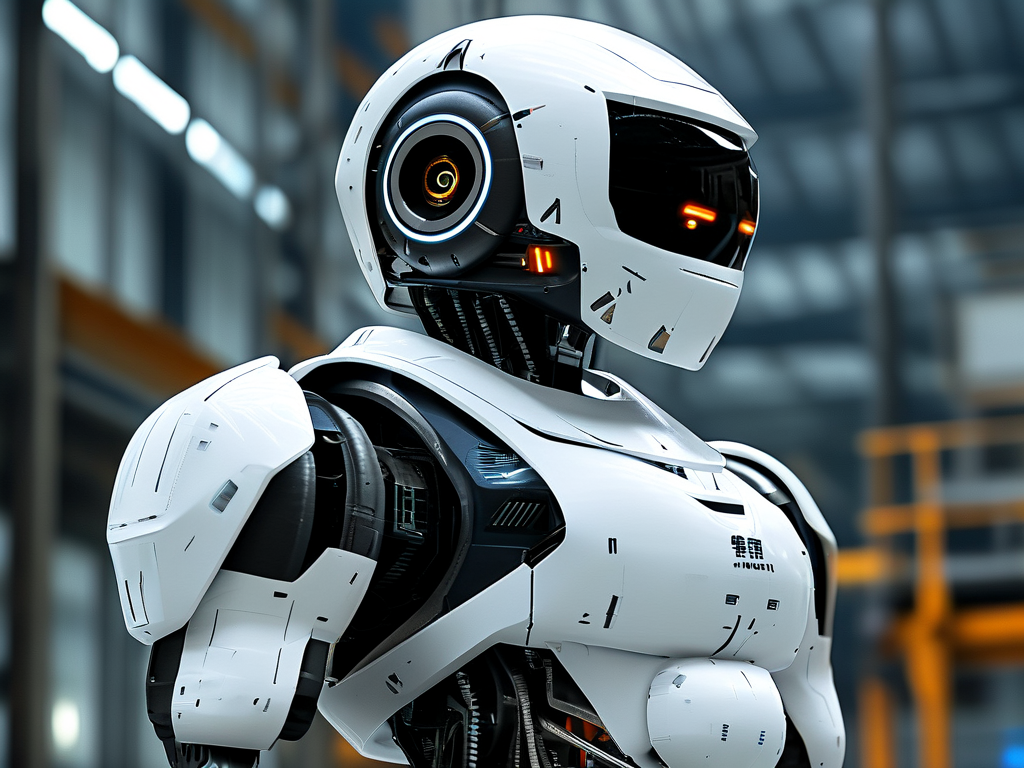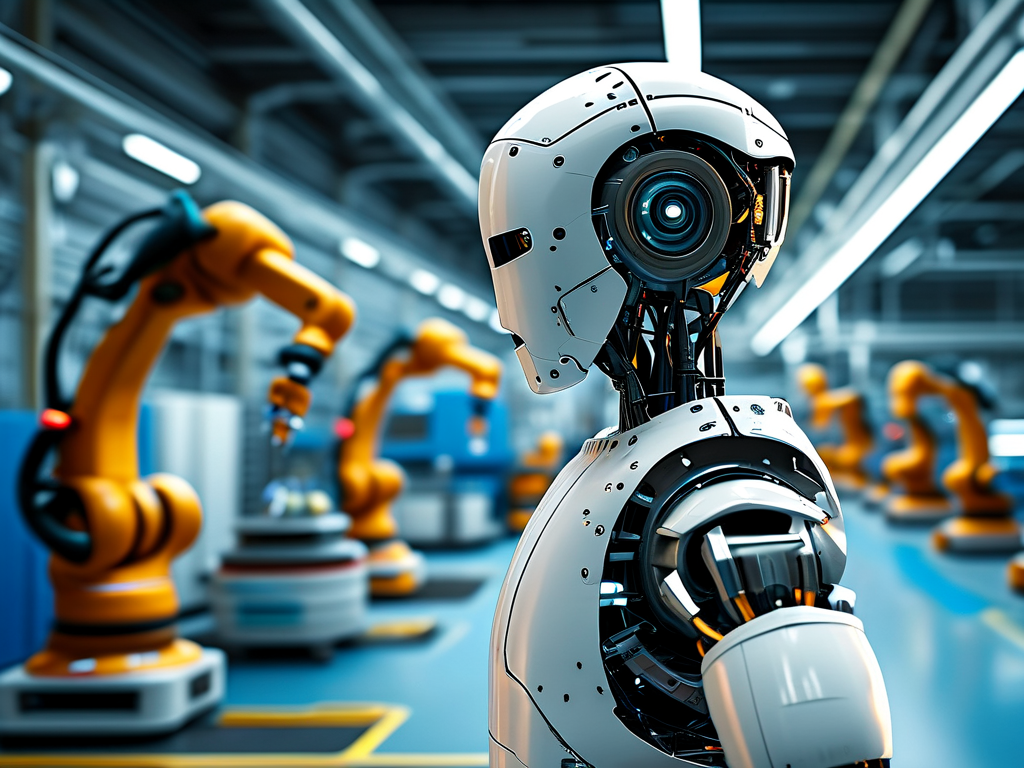Shenzhen, China’s southern metropolis and a global technology hub, has emerged as a critical player in advancing robotics innovation. Over the past decade, the city has leveraged its unique ecosystem of manufacturing prowess, policy support, and entrepreneurial spirit to drive breakthroughs in robotics technology. This article explores how Shenzhen is shaping the future of robotics, the challenges it faces, and the implications of its progress for global industries.
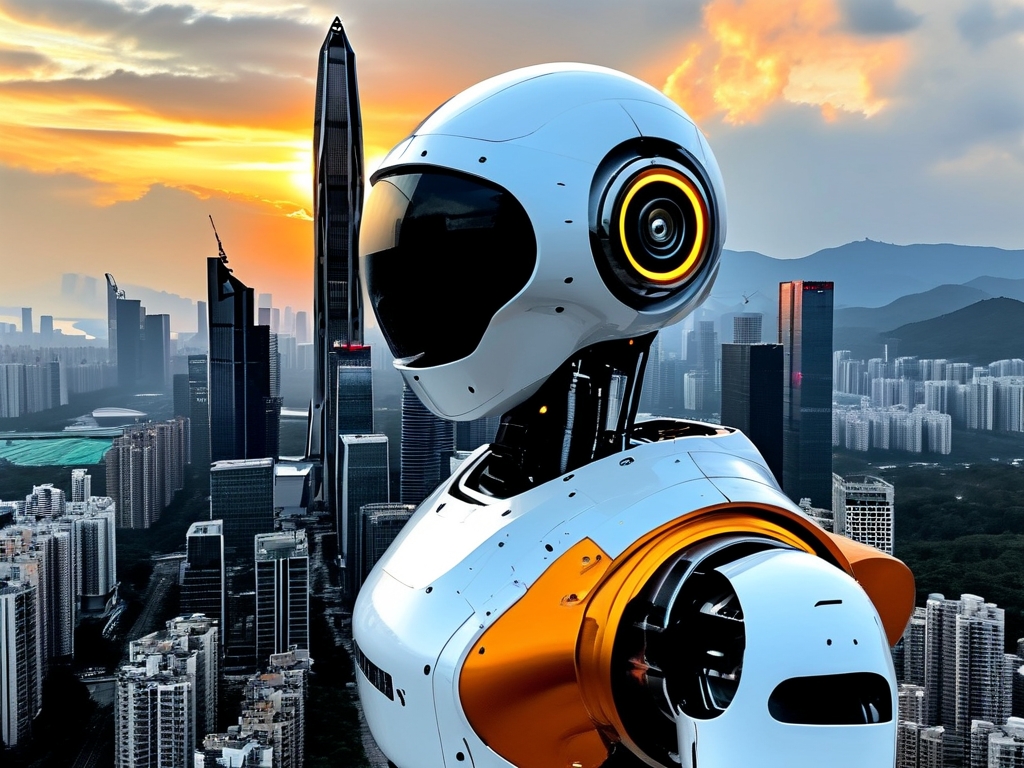
The Rise of Shenzhen as a Robotics Powerhouse
Shenzhen’s transformation from a manufacturing-centric economy to a tech-driven innovation hub is well-documented. Home to giants like Huawei, DJI, and UBTECH, the city has strategically prioritized robotics as part of its “14th Five-Year Plan” (2021–2025). The municipal government has allocated over $15 billion to support R&D in artificial intelligence (AI), automation, and robotics, with a focus on industrial, service, and medical robots.
One key driver of this push is the city’s dense industrial chain. Shenzhen’s Huaqiangbei district, often dubbed the “Silicon Valley of Hardware,” provides unparalleled access to components, sensors, and prototyping facilities. Startups and established firms alike benefit from this ecosystem, enabling rapid iteration and cost-effective production. For example, DJI’s dominance in consumer drones was partly fueled by Shenzhen’s ability to streamline supply chains and reduce time-to-market.
Government Policies and Collaborative Networks
Shenzhen’s success in robotics is not accidental but the result of deliberate policy frameworks. In 2022, the city launched the Shenzhen Robotics Industry Development Action Plan, which aims to cultivate 100 robotics-focused enterprises with annual revenues exceeding $150 million by 2025. Tax incentives, subsidies for R&D, and low-interest loans have attracted both domestic and international talent.
Collaboration between academia, industry, and government has also been pivotal. Institutions like the Shenzhen Institute of Advanced Technology (SIAT) and Tsinghua University’s Shenzhen campus are working closely with companies to bridge theoretical research and commercial applications. Joint labs dedicated to AI-driven robotics, such as the Tencent Robotics X Lab, exemplify this synergy.
Breakthrough Applications and Global Impact
Shenzhen’s robotics advancements are reshaping multiple sectors:
- Manufacturing: Industrial robots from firms like ESTUN and SIASUN are automating factories across the Pearl River Delta, boosting productivity by up to 40% in sectors like electronics and automotive.
- Healthcare: Startups like RoboSense are developing surgical robots with AI-assisted precision, while UBTECH’s service robots assist in elderly care facilities.
- Logistics: Companies such as Geek+ and HIKROBOT are deploying autonomous mobile robots (AMRs) in warehouses, reducing reliance on manual labor.
These innovations are not confined to China. Shenzhen-based firms are exporting robotics solutions globally, challenging established players in Europe and North America. DJI’s agricultural drones, for instance, are optimizing crop management in over 100 countries.
Challenges on the Path to Dominance
Despite its progress, Shenzhen faces hurdles. Intellectual property (IP) disputes remain a concern, with accusations of technology copying straining international partnerships. Additionally, the U.S.-China tech rivalry has led to restrictions on semiconductor imports, critical for high-end robotics.
Another challenge is talent retention. While Shenzhen attracts engineers and entrepreneurs, competition from other Chinese tech hubs like Beijing and Hangzhou, as well as global cities like Silicon Valley, intensifies the race for top-tier experts.
The Road Ahead: Sustainability and Ethical Considerations
As Shenzhen accelerates its robotics agenda, questions about sustainability and ethics loom. The environmental impact of mass-producing robots—particularly e-waste from obsolete models—requires proactive recycling policies. Meanwhile, the rise of AI-powered robots sparks debates about job displacement and data privacy.
To address these issues, Shenzhen is piloting “green robotics” initiatives, such as energy-efficient designs and circular economy models. The city is also drafting regulations to ensure transparent AI decision-making and protect user data—a move that could set global standards.
Shenzhen’s robotics revolution underscores its ambition to lead the Fourth Industrial Revolution. By combining policy foresight, industrial agility, and collaborative innovation, the city is not only solving technical challenges but also redefining how robotics integrate into society. As global demand for automation grows, Shenzhen’s model offers a blueprint for balancing technological ambition with ethical responsibility. The world will be watching—and learning—from this dynamic metropolis.


